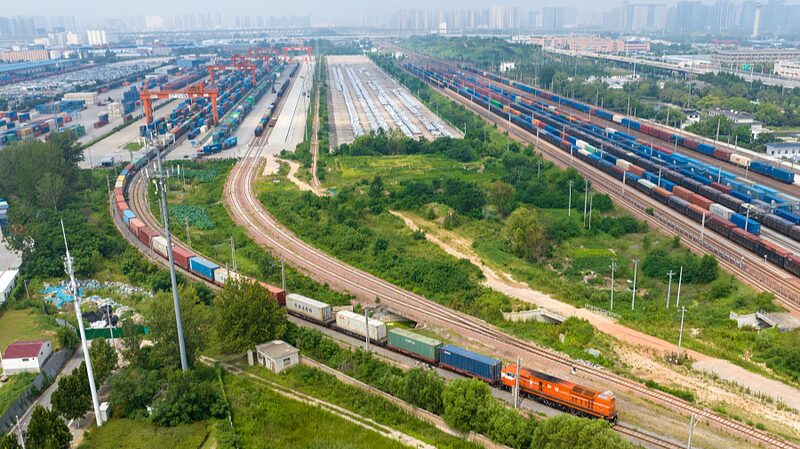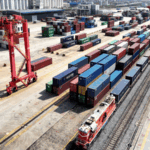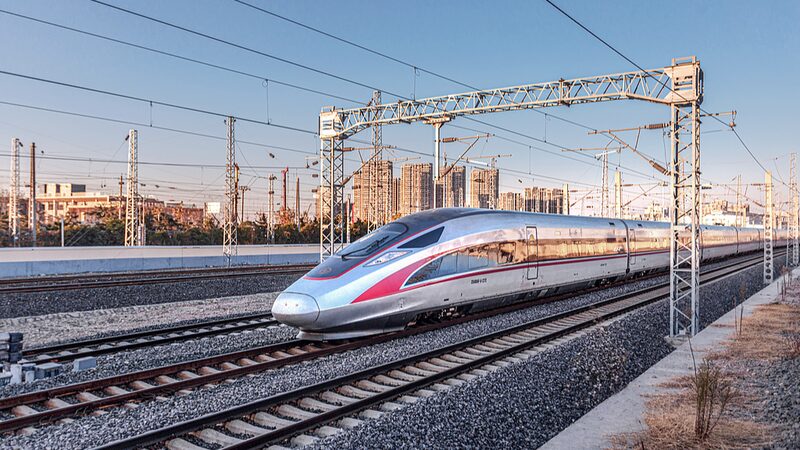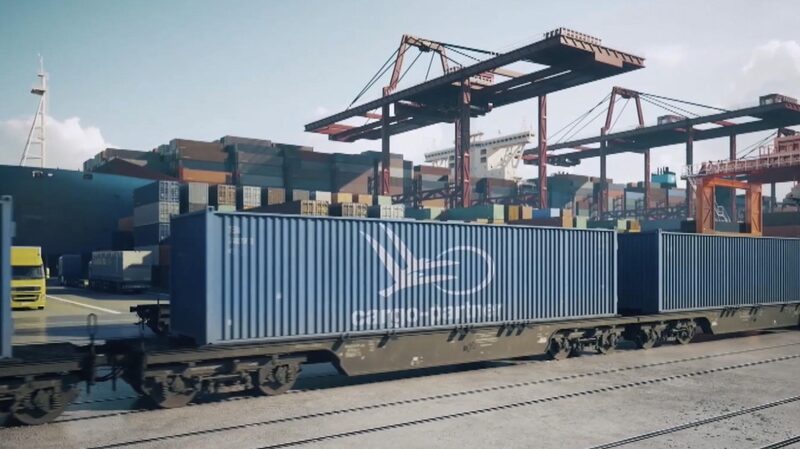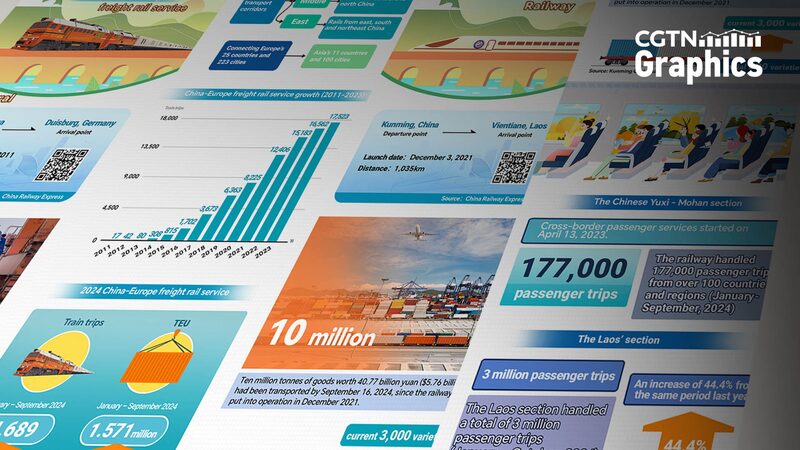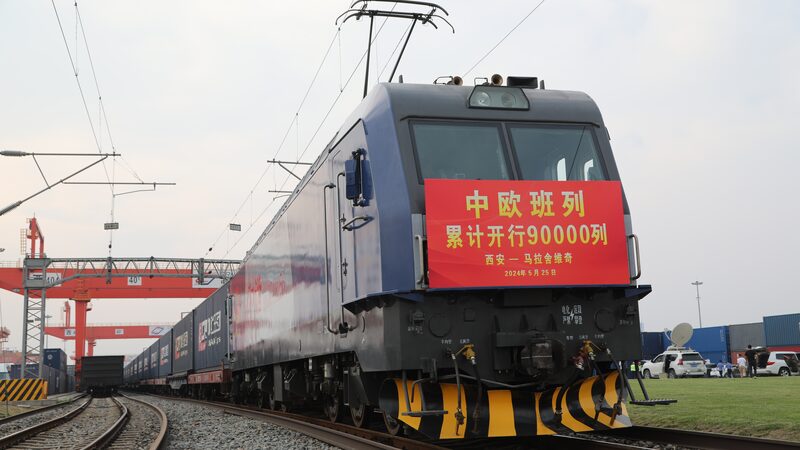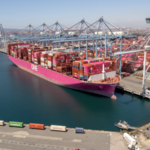The ongoing Red Sea crisis has disrupted international shipping, prompting freight forwarders to increasingly turn to the China-Europe Railway Express (CRE) as a reliable alternative. This shift underscores the vital role of the CRE in stabilizing global supply chains amid geopolitical tensions.
Since November, attacks by Houthis in Yemen on commercial ships “affiliated with and bound for Israel” have escalated risks for cargo transportation through one of the world’s busiest maritime routes. The heightened dangers have led to surging shipping rates and prolonged delays, compelling companies to seek alternative routes.
According to a recent report by Fitch Ratings, the capacity of the CRE has significantly expanded from pre-crisis levels. Kong Weidong, head of the Zhengzhou branch of T.H.I. Group (Shanghai) Ltd., a freight forwarder, noted a remarkable increase in inquiries about the China-Europe freight train service since the beginning of the year.
“Since January, the number of inquiries has soared more than tenfold, and the actual export volume of goods has increased by three to four times,” Kong said. “The China-Europe rail freight service typically takes between 12 and 18 days to reach European destinations from Chinese cities, at a cost of approximately $6,500 per container.”
Kang Yingfeng, deputy general manager of China Railway International Multimodal Transportation (CRIMT), the national operator of the China-Europe freight train service, also reported a significant surge in demand. “International logistics firms are showing great interest in new China-Europe freight routes that combine rail and ocean transportation, crossing the Caspian and Black seas,” Kang said. “These networks pass through countries such as Kazakhstan and Georgia before reaching European markets.”
Global logistics giants like DHL and Kuehne+Nagel have expressed heightened interest in these routes. DHL told The Financial Times that requests for goods transportation via the rail service to Russia had risen by about 40 percent since container ships began diverting via longer routes around the Cape of Good Hope, the southern tip of the African continent.
Fu Cong, China’s ambassador to the European Union, highlighted the impact of the Red Sea crisis on trade. In an article published on Euractiv, he stated that around 60 percent of China’s exports to Europe relied on the Red Sea route before the crisis. Now, 90 percent of those ships have been forced to reroute via the Cape of Good Hope, adding at least 12 days to shipping times.
“Under such circumstances, many businesses are considering the CRE,” Fu said. “With the decline of freight volume in the Red Sea, this land route has bucked the trend to see strong growth. Inquiries made to the railway express have almost doubled. Most container service providers predict that railway transportation will grow dramatically in the years ahead.”
Experts agree that the CRE serves as a stabilizer for international supply chains. Hannes Fellner, a professor at the University of Vienna, emphasized the rail network’s role in ensuring supply chain security amid the crisis. Fabio Massimo Parenti, professor of international studies at the International Institute Lorenzo de’ Medici in Florence, noted that the CRE is “a partially complementary alternative to maritime routes and an example of the importance of Chinese initiatives where China is investing along with other countries.” He added that more than 200 cities in Europe benefit from the CRE.
By the end of August 2023, the CRE network had expanded to cover 219 cities across 25 European countries, according to data from China Railway. As the Red Sea crisis continues to pose challenges, the CRE offers a timely and efficient solution for businesses seeking to navigate the complexities of international trade.
Reference(s):
cgtn.com
